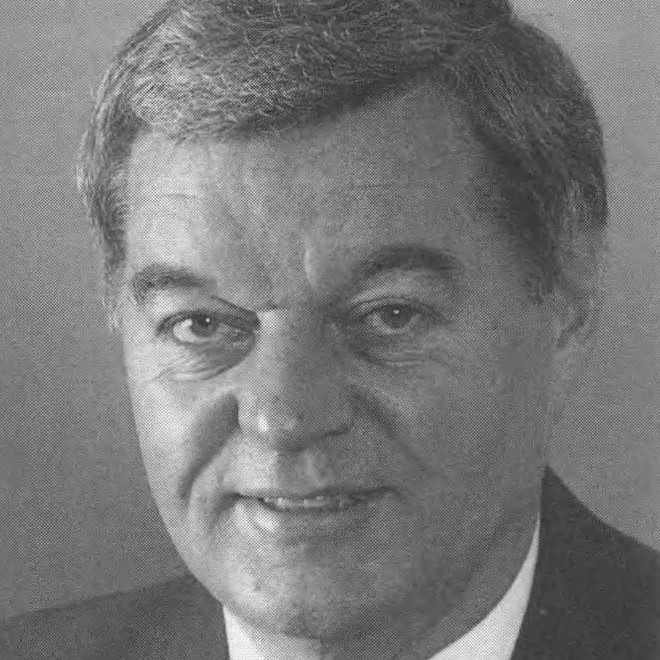Nestor Burtnyk joined the Radio and Electrical Engineering Division of the National Research Council (NRC) in 1950 following graduation from University of Manitoba with a B.Sc. in Electrical Engineering. His initial work involved the development of high-frequency radio direction-finding equipment and synthetic wide aperture antennas and related studies in ionospheric propagation.
In the late 1960’s, Mr. Burtnyk started work in 3D computer graphics as part of a team project on man-machine interaction. The main area of application was computer animation, with emphasis on developing a facility where a professional animator could communicate with the system to produce his creative work without any knowledge of computer programming. In 1970 he developed the “key-frame animation” technique and encouraged its use by animators from the National Film Board (NFB), the Canadian Broadcasting Corporation and the British Broadcasting Corporation to produce serious footage. The film “Hunger”, produced in collaboration with the NFB, won a prize at Cannes in 1973 and an Academy Award nomination in 1974. During those early 1970s, Mr. Burtnyk was one of the original members who participated in the formation and organization of a series of Canadian Man-Machine Communications Conferences, the precursor to the Graphics Interface Conferences.
In 1975 Mr. Burtnyk became Head of the Computer Graphics Section, continuing his involvement in computer graphics technology. In 1980 he became Manager of a newly formed Computer Technology Research Program where he initiated activities in intelligent robotics. He assumed the position of Head of the Computing Technology Section in 1982 which emphasized sensory processing and real-time computing for robotics. During the period 1983–1991, Mr. Burtnyk was the Canadian representative for the International Cooperative Programme on Advanced Robotics (IARP).
In 1990 Mr. Burtnyk returned to full-time research in the new Autonomous Systems Lab of the newly formed Institute for Information Technology. This recent work involved techniques for supervisory control of telerobots based on range sensing and 3D vision. Mr. Burtnyk retired from active research at NRC in 1995.
Postscript: In 1997 Burtnyk and former colleague Marceli Wein received an Academy Award (Oscar) for technical achievement for “pioneering work in the development of software techniques for computer assisted key framing for character animation.”





